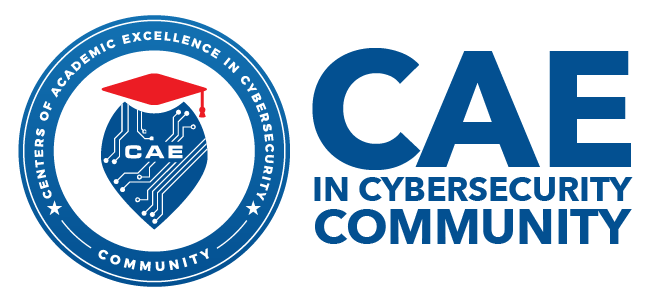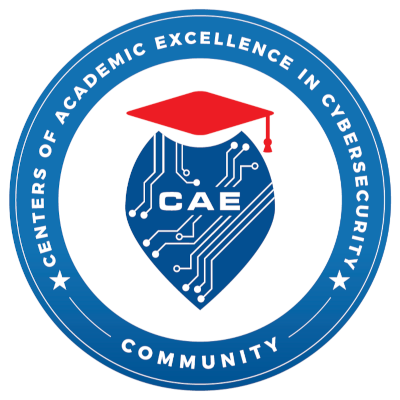THIS PROJECT ADDRESSES the problem of securing autonomous underwater vehicle (AUV) swarm missions. GOALS: G1. Establish secure and resilient underwater communications channels for AUV by using underwater mobile ad hoc networks (uMANET). G2. Determine what formations or behaviors the swarm should adopt for a given mission, and design communication protocols that effectively maintain the swarm in the desired formation. G3. Explore alternative methods by which a swarm can know its location with respect to a global grid (localization) and operate in an environment populated with fixed or moving obstacles. Different types of AUV missions are considered, including mine countermeasures (MCM), intelligence, surveillance and reconnaissance (ISR), and localization (independent or in collaboration with GPS surface vehicles). This work builds on the PI?s background in information security and ad hoc networks (e.g.,, A secure and efficient conference key distribution system, 1994; Securing multipath communication in MANET, 2004; On the security of route discovery in MANET, 2009; Strengthening privacy protection in VANET, 2008; Challenges of securing and defending unmanned aerial vehicles, 2020). CNSSP-28 is a policy document for Unmanned Autonomous Systems that operate in all physical environments and support diverse and complex missions. For our protocols, security is reduced to CNSSP-28 compliance. UNDERWATER SWARM ROBOTICS is a complex field that combines a number of research areas, such as underwater propulsion/sensors/localization/communication, swarm control (centralized/decentralized) and swarm intelligence (based on the collective behavior of self-organized systems), to solve mission planning optimization algorithms. Swarm algorithms are often based on the behavior of animals (e.g., Particle Swarm Optimization (PSO) can be visualized as the behavior of a flock of birds) and minimize the required communication between interacting parties to achieve a specific objective. Whether, or to what extent, any of these algorithms may apply to the needs of Navy missions involving AUV swarms has yet to be determined. What is certain is that new algorithms need to be devised for AUV motion control and decision-making. In particular, AUV should implement self-organizing controllers that adapt to the environment (e.g., by using Neural Networks for learning and Self Organizing Maps for control). This is particularly challenging because of the security/resiliency requirements of Navy missions.
Xiuwen Liu & Mike Burmester
Thursday Block I
02:00 pm ~ 02:45 pm
Designation Track
Duration
10

